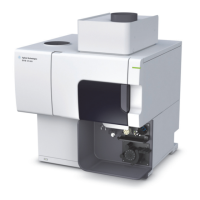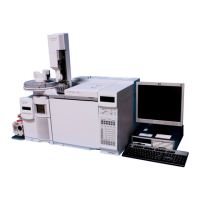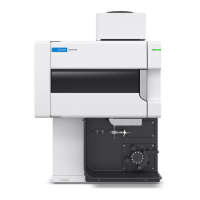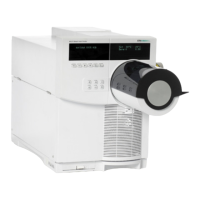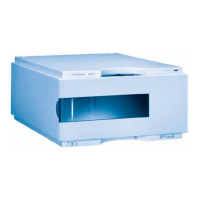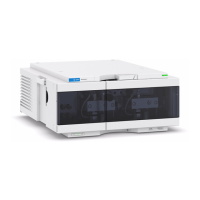Safety Practices and Hazards
Agilent 5100 and 5110 ICP-OES Site Preparation Guide 13
The acid concentration in the sample that is measured is variable,
depending upon the digestion steps and acid types used. Instrument
users should be aware of the hazards associated with use of the acids
used for sample preparation and apply all necessary precautions
including use of lab coats, safety goggles and other appropriate forms
of personal protection. The acid wastes should be disposed of in
accordance with local regulatory requirements.
The type, volatility and concentration of the organic solvents used in
the sample that is measured is variable, depending upon the selected
solvent and the sample preparation involved. Instrument users
should be aware of the hazards associated with use of the organic
solvents used for sample preparation, and apply all necessary
precautions including ensuring adequate ventilation during use, and
use of lab coats, safety goggles and other appropriate forms of
personal protection. The organic wastes should be disposed of in
accordance with local regulatory requirements.
Air flow to the cooling fans of the spectrometer and accessories must
be unobstructed. Do not block the ventilation grills on the
spectrometer and accessories. Consult the manuals supplied with
your PC, monitor, printer and water-cooling system for their specific
ventilation requirements.
Great care should be taken when working with glass or quartz parts
to prevent breakage and cuts. This is especially important when
attaching plastic tubing to the nebulizer, inserting the nebulizer into
the spraychamber, or removing and replacing pieces of broken torch.
The spectrometer weighs approximately 106 kg (234 lb). To avoid
injury to personnel or damage to the instrument or property, always
use a forklift or other suitable mechanical lifting device to move the
instrument.
Use only Agilent-supplied spares with your instrument.
Only trained operators should use the instrument.

